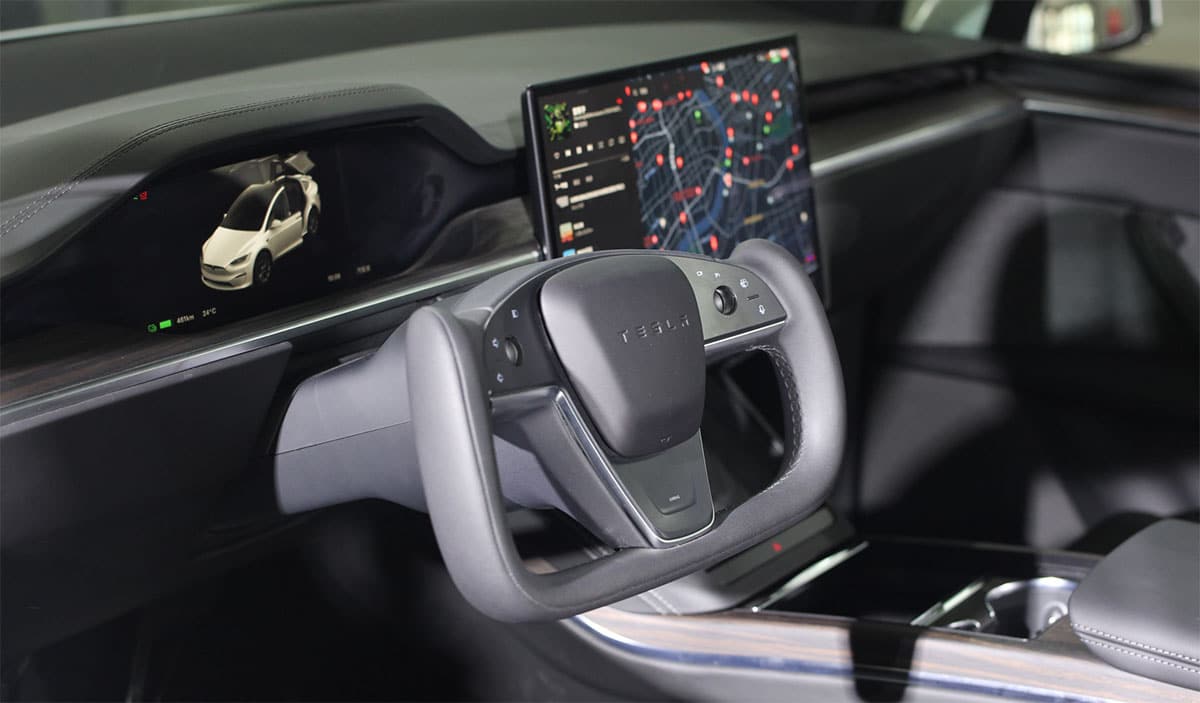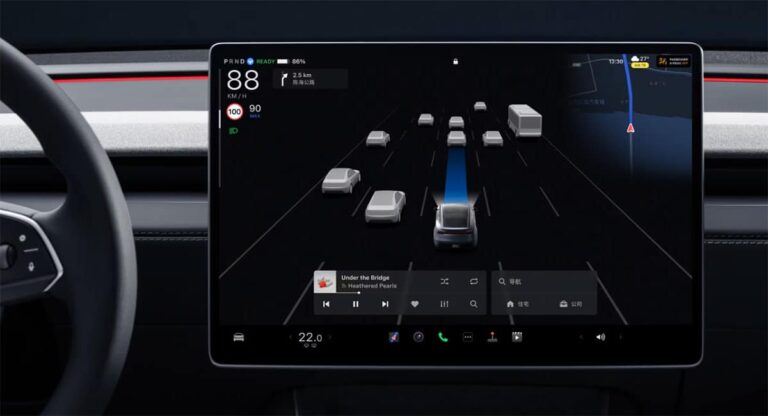- Companies must not imply to consumers that driver assistance systems can be used as self-driving systems.
- The systems are required to implement an exit strategy in the event of driver distraction.

China has issued a regulatory guideline governing the behavior of smart driving industry participants, as this year is seen as a time when the penetration of smart driving features is set to increase significantly.
Companies must not engage in false or misleading marketing or exaggerate system capabilities when providing consumers with information about the driving automation capabilities of smart connected vehicles, China's Ministry of Industry and Information Technology (MIIT) said.
The MIIT is China's industrial regulator, and it released the document today with a title that could be translated as "Management and Technical Guidelines on Smart Internet Connected Vehicle Product Access, Recall and Online Software Upgrade."
Companies' marketing practices need to be regulated and they need to ensure that consumers properly understand and use smart connected car products, the document said.
Companies must not imply in their marketing of driver assistance systems or feature naming that the systems can be used by consumers as autonomous driving systems, according to the guidance.
They must not use language that implies to consumers that the systems have features that they do not actually have.
Companies need to ensure that systems have clear activation, dynamic driving task execution and exit strategies.
For driving assistance functions, the system needs to activate risk mitigation functions to stop the vehicle safely when the system detects that the driver has disengaged from the dynamic driving task, failed to respond to warnings and failed to take the necessary control measures.
If the driver fails to use driving assistance functions in a required manner, the system should have a restriction policy that prohibits the activation of the functions.
For parking assistance, the system needs to have the ability to detect other road users and obstacles in the area of operation, as well as the ability to safely stop or slow the vehicle to avoid a collision.
Companies are required to report to the regulatory authorities when events such as the failure of a driver assistance system leading to the withdrawal of functions occur in smart connected vehicle products.
Following an incident such as a collision that occurs during the use of a driver assistance system, companies are required to submit information on the incident within 48 hours.
In the event of casualties or significant social impact, accident information should be submitted within 24 hours of the accident.
The guidelines come as smart driving features are being installed in more vehicles.
On February 10, BYD unveiled its vehicle intelligence strategy and brought smart driving edition updates to 21 models.
The company announced at the time that smart driving features would be available across its entire model lineup, including not only high-end models but also those under RMB 100,000 ($13,740).
In the next two to three years, high-level smart driving capabilities will become as essential a vehicle feature as seatbelts and airbags, said BYD chairman and president Wang Chuanfu.
Earlier this week, Tesla began pushing a software update, version 2024.45.32.12, to eligible vehicles in China, bringing FSD (Full Self-Driving)-like high-level smart driving features that are seen to intensify competition in the space.
($1 = RMB 7.2802)

